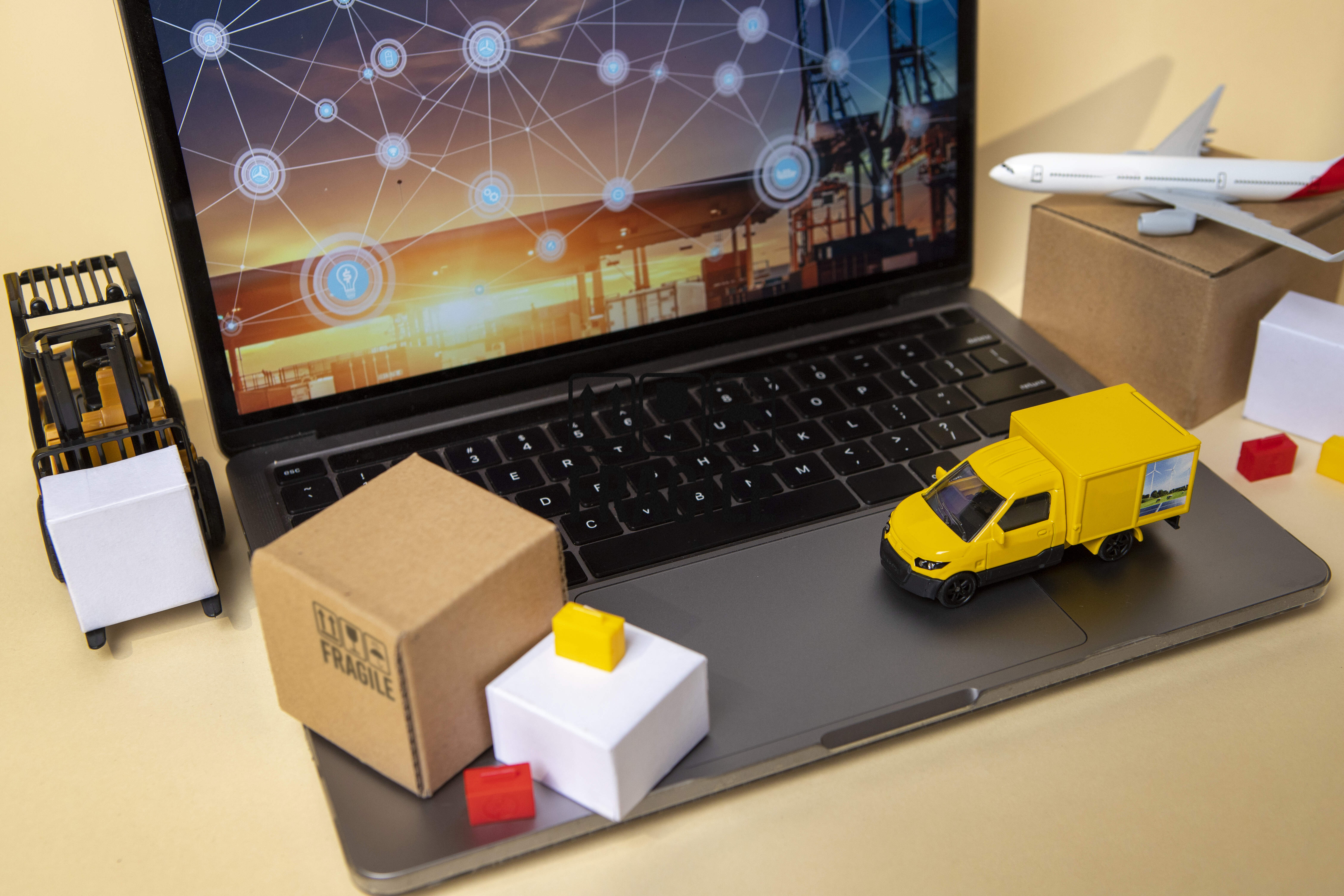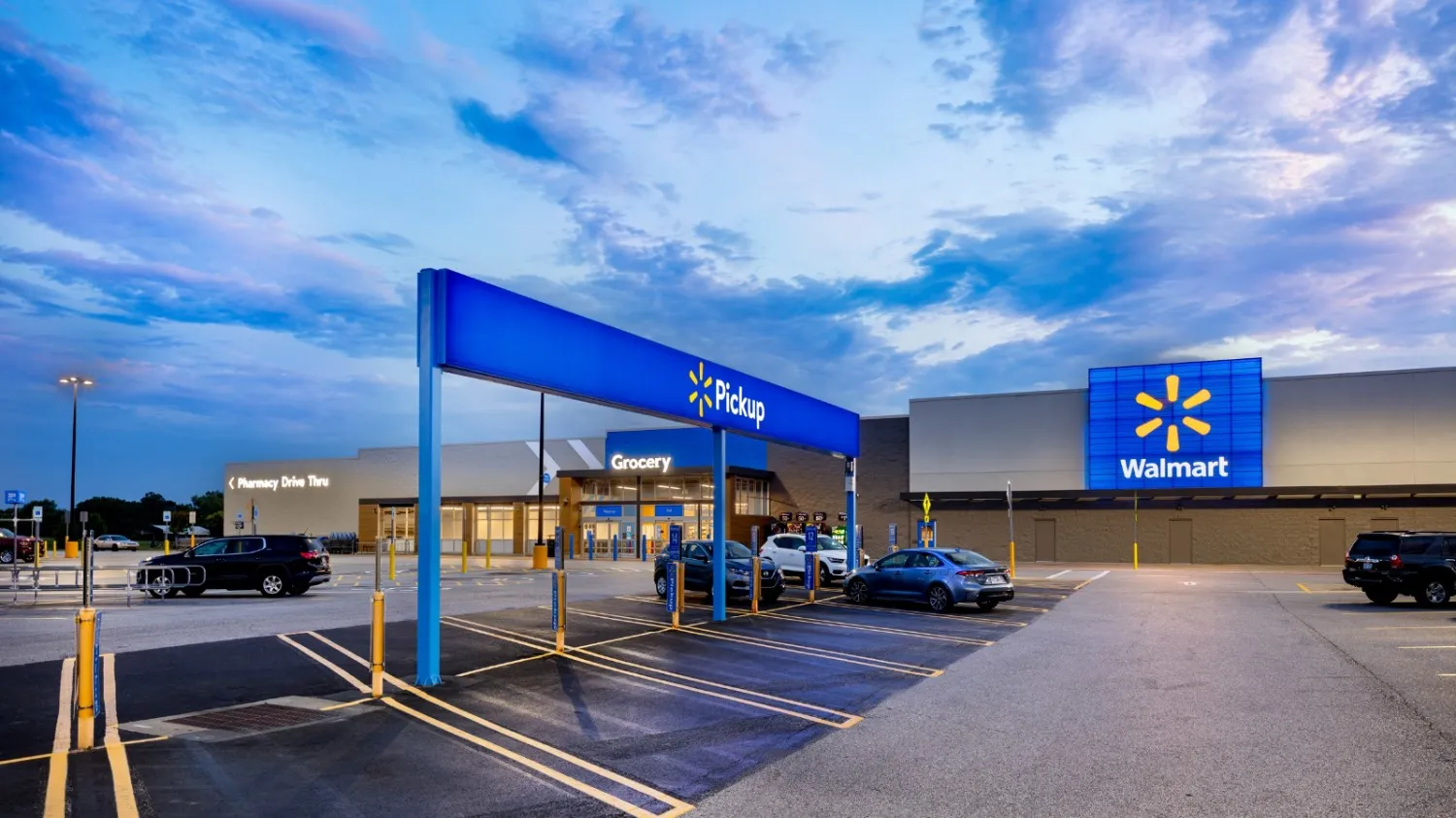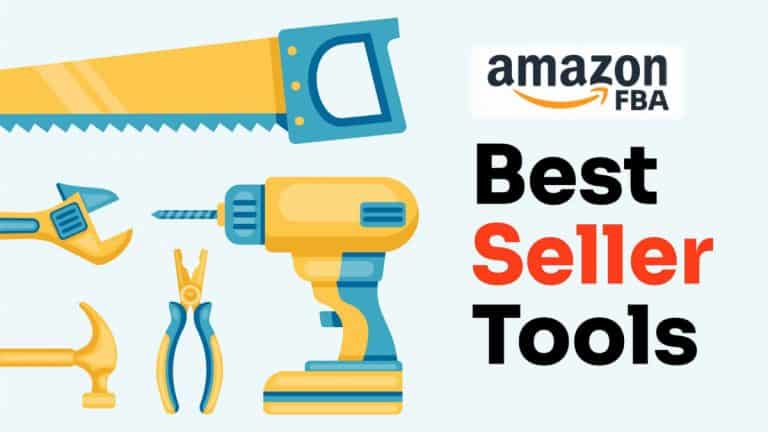Fast Shipping & Fulfillment: How to Compete with Amazon in 2025

E-commerce businesses today face intense competition, especially when it comes to fast shipping & fulfillment. With Amazon leading the industry by offering same-day and two-day deliveries, customers now expect quick and reliable shipping as a standard feature. Failing to meet these expectations often results in abandoned carts and lost sales. However, smaller e-commerce businesses can still compete by adopting smart logistics strategies, optimizing fulfillment networks, and leveraging technology-driven shipping solutions.
The Importance of Fast Shipping & Fulfillment in 2025
In 2025, fast shipping is no longer a luxury—it’s a
necessity. Online shoppers prioritize convenience, and long delivery times can
significantly impact sales. A study shows that over 70% of customers abandon
their shopping carts due to slow shipping times. This shift in consumer
expectations has forced retailers to rethink their e-commerce fulfillment
strategies to maintain a competitive edge.
Beyond speed, reliable order fulfillment also plays a crucial role. Customers want accurate delivery dates, real-time tracking, and seamless order processing. Any delay or mismanagement in the fast shipping & fulfillment process can damage a brand’s reputation. For e-commerce businesses aiming to thrive in a highly competitive market, efficient warehousing, optimized inventory management, and streamlined logistics are key factors in retaining customers and boosting conversions
Strategies to Compete with
Amazon’s Shipping Model
One of the
biggest challenges for online retailers is competing with Amazon’s fulfillment
services. However, businesses can develop their own high-speed shipping models
by implementing a few strategic changes.
Firstly,
partnering with third-party logistics (3PL) providers like FedEx Fulfillment,
Ship Bob, or DHL eCommerce can help brands reduce delivery times and shipping
costs. These providers offer extensive warehouse networks, allowing businesses
to store inventory closer to their customers, leading to faster last-mile
delivery.
Another way to
enhance fast shipping & fulfillment is by using micro-warehouses and
regional distribution centers. Instead of operating from a single warehouse,
e-commerce brands can establish multiple small-scale fulfillment centers in
high-demand areas. This strategy reduces shipping distances and ensures faster
deliveries.
Artificial Intelligence (AI) and automation also play a pivotal role in optimizing e-commerce logistics. AI-driven logistics tools can predict demand trends, optimize stock levels, and automate order processing, leading to reduced fulfillment times and fewer errors. Many businesses now use AI-powered route optimization software, ensuring delivery vehicles take the fastest and most cost-efficient routes.
How to Improve Customer
Satisfaction Through Faster Fulfillment
Speed is important, but maintaining customer
satisfaction in e-commerce requires a balance between fast delivery, order
accuracy, and seamless communication. Customers appreciate transparency, so
providing real-time tracking updates, estimated delivery times, and instant
notifications improves trust and enhances the shopping experience.
A well-structured returns and exchange policy is
another crucial factor. Many customers hesitate to shop online due to
complicated return processes. By offering hassle-free returns and faster refund
processing, businesses can increase repeat purchases and build customer
loyalty.
Personalization also plays a role in improving the
fulfillment experience. AI-powered recommendations can suggest the fastest
shipping options based on the customer’s location and order history.
Additionally, offering incentives like free express shipping on higher-value
orders can encourage customers to spend more while improving their satisfaction
levels.
Can Small E-commerce
Businesses Compete with Amazon?
Despite Amazon’s dominance, smaller e-commerce businesses can still
compete by differentiating themselves through niche offerings and personalized
service. While Amazon focuses on mass fulfillment, smaller brands can deliver
unique experiences, such as customized packaging, eco-friendly shipping
solutions, or personalized customer support that larger corporations often
lack.
Same-day local
delivery services have also become more accessible for smaller businesses. By
partnering with local courier services or using crowdsourced delivery
platforms, brands can offer rapid shipping options to customers in metropolitan
areas. This localized approach allows businesses to provide faster delivery
times while maintaining cost efficiency.
Additionally,
sustainability in fast shipping & fulfillment is becoming a major selling
point. Consumers are increasingly supporting brands that adopt eco-friendly
packaging, carbon-neutral shipping options, and reduced plastic waste. By
integrating these sustainable practices, businesses can attract environmentally
conscious shoppers while standing out from competitors
Conclusion
The future of fast
shipping & fulfillment is all about speed, efficiency, and customer
satisfaction. While Amazon’s logistics network has set the industry benchmark,
businesses that adopt smart supply chain management, AI-driven fulfillment, and
regional distribution strategies can effectively compete in 2025. By focusing
on fast delivery times, seamless order management, and customer-centric
shipping solutions, e-commerce retailers can stay ahead in the competitive
landscape.
- To succeed, businesses must embrace innovation, invest in technology-driven fulfillment solutions, and continuously adapt to evolving consumer demands. Fast shipping is no longer optional—it’s the foundation of e-commerce success in 2025 and beyond.





